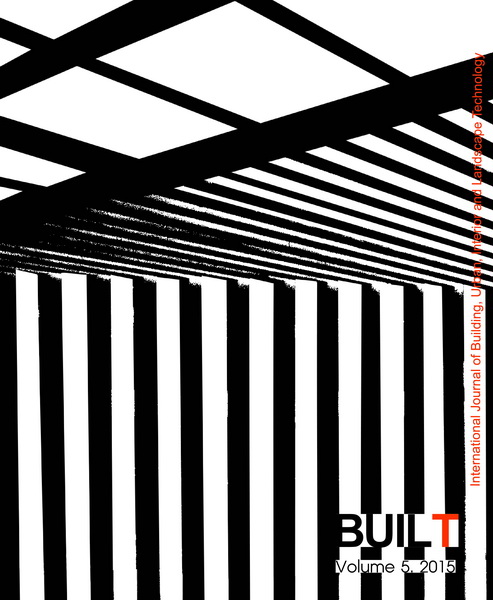A Study on the Characteristics of the Kaku-uchi (liquor store) culture in Kitakyushu City, Japan
Keywords:
Kaku-uchi, Kitakyushu city, Liquor stores, Factory workers, Standing drinkAbstract
The Kaku-uchi culture has a very long tradition in the city of Kitakyushu, Japan. Kakuuchi means that people don’t sit but stand during they drink inside the liquor shop. In former times, this way of drinking played an important role in the daily life of many factory workers, as refreshing themselves after a tough long working day. Unfortunately, recently the number of those kind of liquor shops are decreasing rapidly because there is a decrease of the number of factory workers and the way of enjoying liquor stores has changed too. In this study we have investigated the characteristics of kaku-uchi liquor stores. The method we have used is a survey on site, by interviewing the owners of the liquor stores, to understand better the current local business conditions. We also have collected data to find out about the historical background of the Kaku-uchi culture, as well as statistical data information. We found several sources to collect our data, literature review, interviews, site survey, and the more recent data we’ve found on the internet. We found that of all the liquor stores which had been in Kitakyushu, only 57% of the stores do still have commercial activities. Most of the liquor stores were built during the period 1910-1970. We searched whether the stores had been renovated during that period. And we found that 79% of the stores were renovated. Mostly, the interior of the stores had been changed, to make the store more attractive to the customers. Because of the aging of population in Japan, 79% of the liquor stores has no successor. This is one of the biggest issues on how to preserve the local traditional businesses, in times were modern commercial facilities are increasing rapidly.
Downloads
References
Iamtrakul, P., Satichobb, P. & Hokao, K. (2013). Comparing the efficiency of urban components in proximity to transit service area. International Journal of Building, Urban, Interior and Landscape Technology, 2, 21-34.
Kitano, Kitakyushu Bridges. (n.d.). International policy division, city of Kitakyushu. 44, 1-6. Retrieved from http://www.city.kitakyushu.lg.jp/files/000693612.pdf
Kitakyushu Kakuuchi bunka kenkyukai. (2012). Kakuuchi no susume (suggestion of Kakuuchi). Fukuoka, Japan: Author.
Kitakyushu Kakuuchi bunka kenkyukai. (2014). Renewables innovation review. Retrieved May 8, 2014, from http://www.kakubunken.jp
Sanada, T. (2011). Basic investigation concerning the business realities and use conditions in Kakuuchi of Kitakyushu City. Summaries of technical papers of annual meeting Architectural Institute of Japan, E-1, 301-302.
Torii, K. (2004). 酒場空間における飲み姿勢が社交性に及ぼ す影響について. Retrieved from http://e-design.ti.chiba-u.jp/cont/research/pdf/master/2004/02UM4119.pdf
Yamagata City area public transportation cooperation plan. (2009). The present conditions and problem of the bus transit of Yamagata City. Retrieved from http://www.city.yamagata-yamagata.lg.jpshiseijohosub2/kakuka/kikaku/kikaku/annai/files/koutukyougikai/9023643a8a08753b-III.pdf
Downloads
Published
How to Cite
Issue
Section
License

This work is licensed under a Creative Commons Attribution-NonCommercial-NoDerivatives 4.0 International License.












